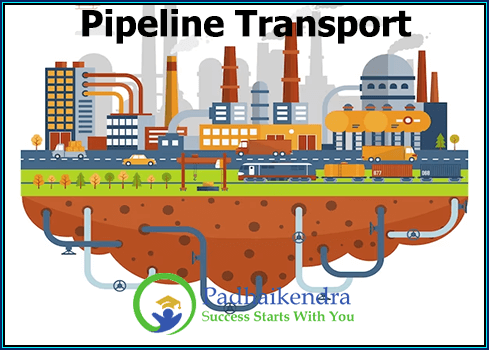Pipeline transport is a mode of transportation that involves the movement of liquids or gases through pipelines, which are usually underground. Pipeline transport is an efficient and cost-effective method of transporting large quantities of oil, natural gas, and other products over long distances.
Pipeline transport has several advantages over other modes of transportation. Firstly, it is a safe and reliable mode of transportation, with a low risk of accidents or spills. Secondly, it is environmentally friendly, with minimal emissions and a lower carbon footprint than other modes of transportation such as air or road transport. Finally, it is a cost-effective mode of transportation, as pipelines can transport large volumes of products over long distances with minimal energy and maintenance costs.
In many countries, pipeline transport is a vital component of their energy infrastructure, providing a reliable and efficient means of transporting oil and gas from production sites to refineries and distribution centers. Pipeline networks are also used to transport water, chemicals, and other liquids.
However, pipeline transport is not without its challenges. Pipelines require significant investment in infrastructure, and the initial construction costs can be high. Maintenance and repair of pipelines can also be costly and time-consuming, and pipelines can be vulnerable to damage from natural disasters, sabotage, or other factors.
Overall, pipeline transport is an important mode of transportation that plays a critical role in the energy infrastructure of many countries around the world. It offers a safe, reliable, and cost-effective means of transporting large volumes of liquids and gases over long distances, and will continue to be a vital component of the global energy industry in the years to come.





